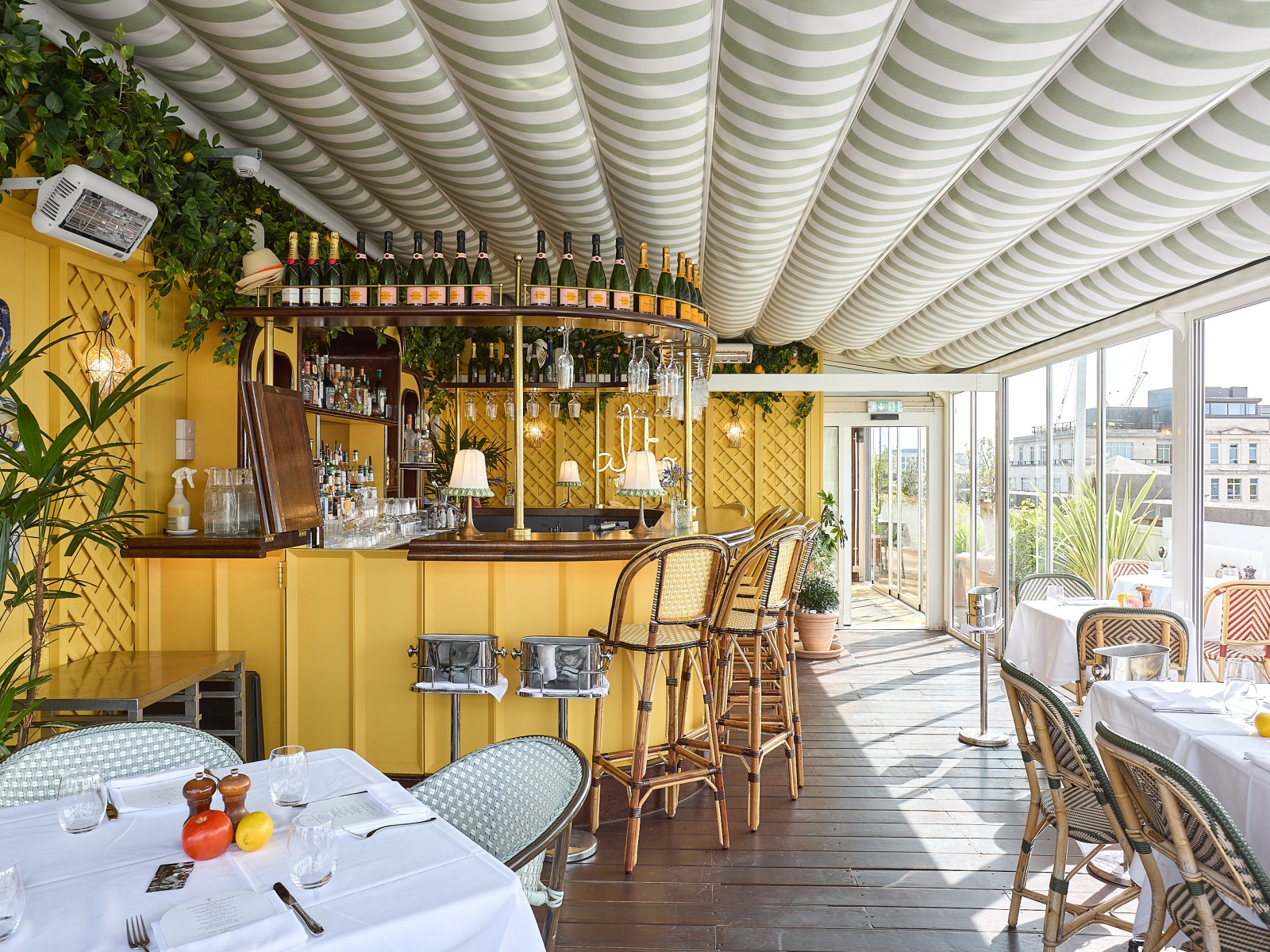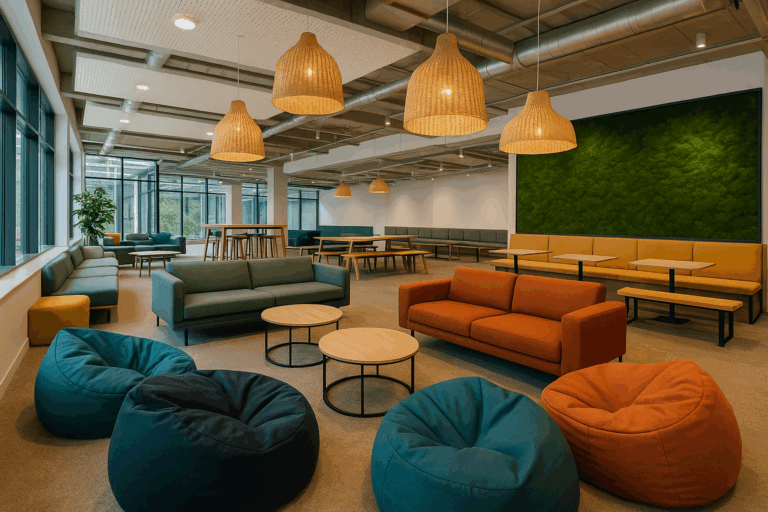When planning an office or commercial fit out, furniture is often viewed as the finishing touch. In reality, it plays a far more significant role. The correct furniture defines how a space performs, how people move within it, and how effectively it supports the work being done. At Daniel James Group, furniture is not treated as an afterthought but as an integral part of every fit out we do. By combining all of our fit out, construction, and furniture expertise, we ensure every element works together, creating spaces that are as functional as they are refined.
The Role of Furniture in a Fit Out
Furniture influences the success of a fit out from the earliest design stages. In a well planned office fit out, desks, seating, and storage solutions are selected not only for appearance but for comfort, ergonomics, and durability. In hospitality or retail settings, furniture shapes the customer experience and helps define the brand’s tone. Different businesses will need vastly different furniture based on their design, clientele and purposes.
Every decision we make, from the configuration of workstations to the placement of breakout areas, affects how the space will perform day to day. Well chosen furniture supports productivity, encourages collaboration, and maintains a sense of order. In contrast, poor selection can create visual clutter, limit flexibility, and undermine the effectiveness of even the most carefully designed interiors. When furniture is aligned with the overall design intent, it becomes part of the architecture rather than an addition to it!

Aligning Furniture with Function and Brand Identity
Every organisation has its own culture, pace, and priorities. Furniture plays a key role in translating these characteristics into a physical environment. For a corporate workspace, furniture might need to reflect professionalism, efficiency, and long term durability. For a creative studio, the focus may be on flexibility and social connection. In hospitality or retail, materials, textures, and seating arrangements communicate brand personality and influence how people feel within the space.
Effective furniture planning begins with understanding how a client operates. Workflows, storage requirements, and user preferences all inform the layout and specification. Design and function should work together so that the finished space looks cohesive and performs without compromise. Furniture that reflects brand identity creates consistency across the organisation. From the boardroom to client facing areas, and reinforces the overall impression of quality and intent.
Bespoke vs. Standard Furniture
One of the most significant decisions in a fit out project is whether to use standard furniture or invest in bespoke pieces. Off the shelf options can be suitable for straightforward spaces, but they often lack the precision and individuality needed for tailored environments. Bespoke furniture, designed specifically for the project, allows for complete control over materials, dimensions, and detailing. It can respond to unique architectural features, maximise space efficiency, and express the client’s personality more clearly.
At Daniel James Group, bespoke furniture is designed and manufactured in house. This approach ensures every item aligns with the broader fit out vision, from custom joinery and seating to integrated storage and display elements. Working this way provides greater flexibility, quality assurance, and design integrity, all essential factors in high performing commercial interiors. Bespoke furniture also allows for long term adaptability, supporting the client’s needs as the business evolves.

Sustainability and Longevity
Furniture plays a key role in a space’s environmental and operational performance. Choosing durable materials and high quality craftsmanship reduces waste and extends the lifespan of each piece. Sustainable sourcing, efficient production methods, and repairable components all contribute to a more responsible approach to fit out and furniture design.
Longevity is not only about material strength but about timeless design. Pieces that are well proportioned and thoughtfully detailed remain relevant for years, reducing the need for frequent replacement. In commercial interiors, where wear and tear are inevitable, investing in furniture that endures saves both resources and cost over time. By prioritising quality over quantity, businesses can achieve interiors that are both sustainable and commercially sensible.
Integration and Delivery
Successful fit outs rely on coordination among all disciplines involved. When the furniture team works independently from the fit out contractor, details are often lost in translation. Aligning these processes from the outset ensures that design, manufacture, and installation all move together.
A coordinated approach allows for consistent detailing, efficient scheduling, and strict quality control. Furniture is designed in parallel with the build, ensuring accurate fit, seamless finishes, and a unified look across the space. For clients, this means fewer handovers, faster delivery, and a result that reflects a single, cohesive vision.
Furniture choice has a direct impact on the success of any fit out. It shapes how spaces look, feel, and function, influencing everything from workflow to client perception. When handled with the same level of care as the wider fit out, furniture becomes a defining feature of the environment rather than a decorative addition.
Daniel James Group delivers complete solutions across fit out, construction, and bespoke furniture design, ensuring every element works together to achieve lasting quality and performance. To discuss your next fit out or furniture project, contact the Daniel James Group team.









